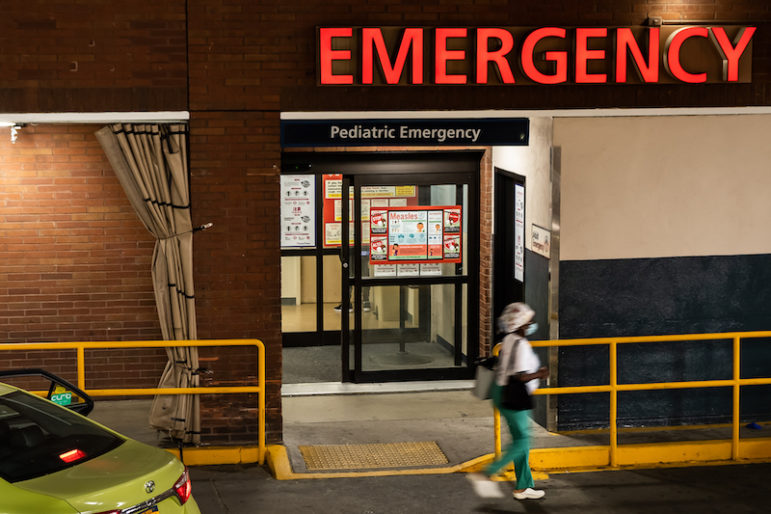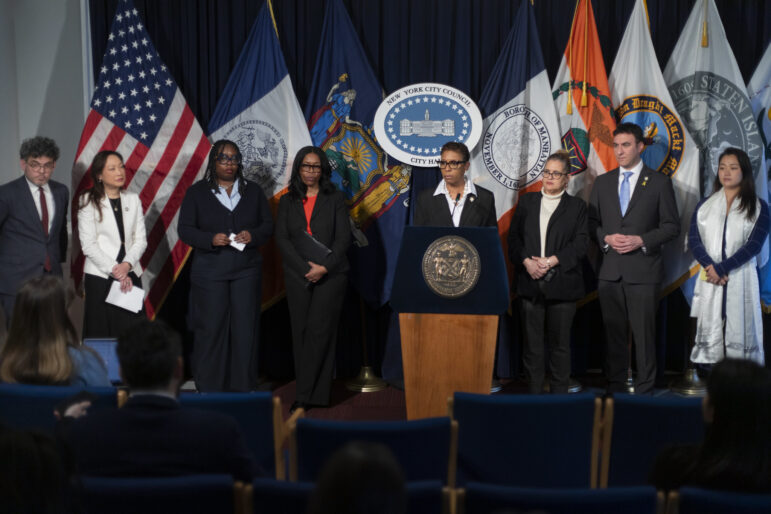Regardless of our other priorities, we all want to live in communities where housing is affordable, crime is low, schools do a good job of teaching our children and jobs and amenities are easily assessable.
But this idyllic vision is not the reality for everyone. Historic inequity in access as well as in the planning, funding and implementation of programs and initiatives has created a situation in which some can expect to live in these types of quality neighborhoods and others cannot. That is why it is critical that we make equity (the idea of fairness) a deliberate part of every development effort. And our equity efforts must go far beyond inclusion in the planning or even implementation process. In order for our engagements to be meaningful, we must intentionally work for equitable outcomes.
At Living Cities, our goal is to improve the lives of low-income people and the communities where they live. Our focus is three-fold. We are focused on people, place and opportunity. We believe that America’s cities can be re-engineered to be places of opportunity for everyone, and especially for low-income people, if we focus on cross-sector, cross-interest integration and act more smartly to invest limited resources and design public policies focused on this integration.
The Great Communities Collaborative (GCC), an initiative on which I worked for six years, provides another excellent example of the type of integrated work that can bring about community change and enhance equity. The GCC was formed five years ago when foundations and regional nonprofits in the Bay Area of California recognized that the region’s transit oriented development opportunity was at the heart of their missions to address inequities, increase affordable housing and transit options, and promote environmental sustainability. These entities agreed that by working together in a highly coordinated fashion they could obtain a much greater impact for the community.
Together the partners develop work priorities, manage joint budgets, strategize options and opportunities, advocate for policy, convene the regional players and fundraise for additional support. The GCC also has launched the Bay Area Transit Oriented Affordable Housing Fund, a $50 million revolving loan fund to help finance land acquisition in select locations near rail and bus lines for the development of up to 3,800 units of affordable housing. Living Cities invested $3 million in the fund.
The GCC vision is big – to shape the blueprints of the next generation of growth so that development is concentrated around transit and meets the needs of the most vulnerable populations in the Bay Area. Clearly, the equity issue is central to the work. There is a big difference between including people in planning processes and effectively planning for equitable outcomes in our patterns of growth. GCC works hard to focus on the latter. Inclusion is easy; ensuring equitable outcomes requires extensive community processes and engagement and a very different decision-making structure.
How it has worked with the GCC is two-fold. First the GCC strives to be extremely attentive about who benefits from the creation of such places. For example, GCC wants to turn spaces such as run-down strip malls, commonly found in Silicon Valley, into pedestrian friendly, mixed-income, transit rich neighborhoods. But the Collaborative will fail if the new residential buildings house only the software engineers who work at the Valley’s high tech campuses and not the janitors and administrative assistants.
Secondly, because such redevelopment often is not legal under current local and regional rules, the engagement of neighborhoods and residents is essential. The consensus these actors can establish can provide the momentum to change outdated public polices and rules regarding building setbacks, height, zoning codes and traffic flows.
The Great Communities Collective and its partners have worked to ensure that each neighborhood has its own place within a regional economic system. This is a critical point: Each neighborhood should to fit its own “place type” in the system; and not every place has to fit the same formula. Some areas can have more of the bedrooms, while others house more of the offices. But the jobs need to be focused in the places that contain the most regional connectivity so that the greatest number of people can access them.
We can make these dream neighborhoods real and more available to more people. In order to achieve this vision, we must think regionally about meeting the needs of the entire community. We also must be willing to work across sectors and interest areas. And finally, we must be inclusive. We must reach across silos, put aside our parochial interests and collaborate.
This type of change doesn’t occur overnight. It requires consistent work for decades and sometimes generations. It is a long process and we need all the talent and friends we can muster.
City Limits is a media partner of the Regional Plan Association in its annual regional assembly on April 15.








